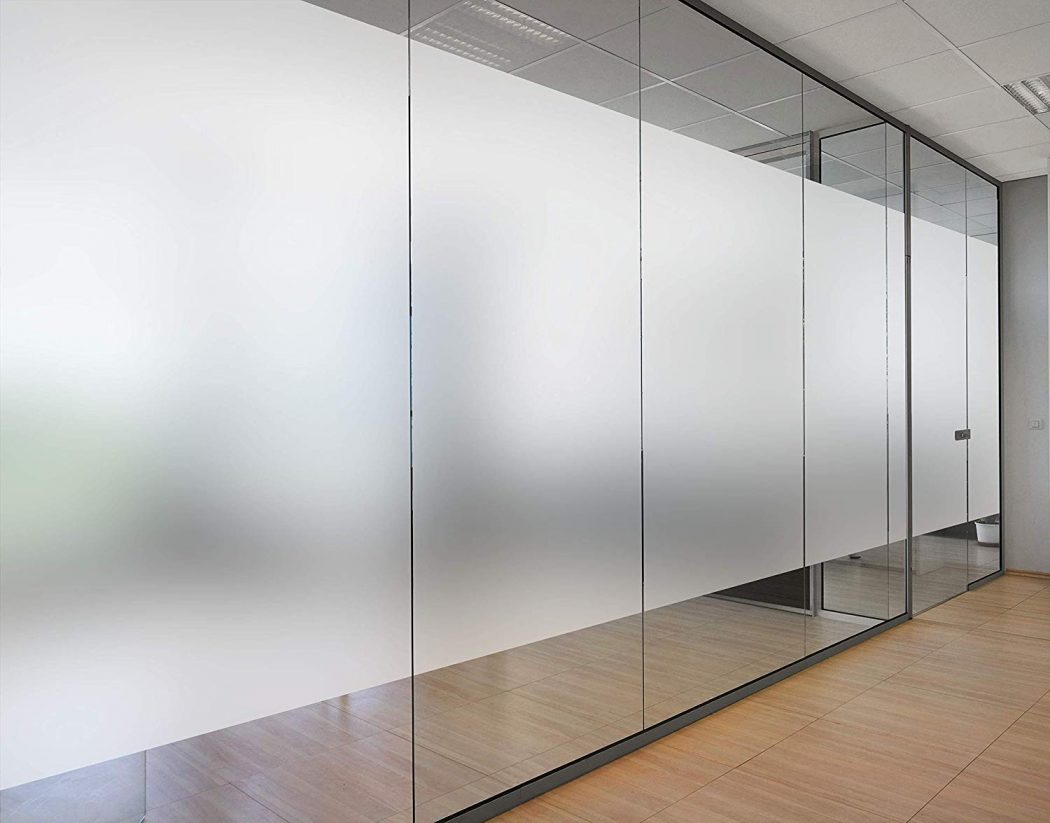Home » Blog » Frosted Glass: Sandblasting versus Acid Etching
Posted on : 19-01-2021 Author : Keerthi Jacob

A glass design is a vital feature to look out for while buying a textured glass door. However, did you know that this glass design can be acid-etched or sandblasted? Well, although these two terms indicate the type of glass, they also represent the techniques of making that glass design.
Etched or frosted glass generally represents a pleasing, translucent glass concealing visibility via an opaque look while still diffusing the transmitted light. Frosting describes the process of changing the surface of the glass from transparent to translucent to create an opaque, cloudy look.
Etching is a technique of modifying the glass surface for adding a pleasing effect such as a decorative pattern or artwork. This is usually achieved by either acid etching or sand-blasting. So, what happens in these two techniques and how they differ? Let’s find out!
Also called French embossing, an acid-etched glass is an old technique of decorating a glass sheet. As the name indicates, this glass is the result of an acidic treatment. Herein, a deep green mineral called fluorite is heated to get hydrofluoric acid that is applied to glass. As a result, the top glass layer oxidizes to generate a frosted appearance.
Through this etching, various shades of white are achievable. One can even emboss it using gold and color to reflect a premium, sophisticated feel. The process is used to create intricate designs and patterns. The outcome features a glossy and smooth finish. An acid-etched glass does not show fingerprints or dirt marks.
This glass is made by casting an abrasive material on to glass sheet at high pressure to create a frosted look. Thus, it is also known as abrasive blasting. A high-speed device blasts into the sheet by throwing an abrasive material onto it, such as sand or walnut shells.
Sand tends to scrape the glass layer. The force at which the sand is applied to the surface indicates whether the output shall be a medium- or a high-level translucence.
In this process, the spots that need to be transparent are masked, while the remaining ones are exposed for etching. The ultimate outcome features a rough, layered effect.
Sandblast etching allows setting the desired level of opaqueness as per the requirements. The depth and intensity of this procedure can render different levels of opacity. Even acid etching allows choosing from different levels of opacity. It provides more options for finishing along with different levels of transparency than sandblasting.
The biggest benefit, no matter which technique is used, is the desired level of opacity. This is required for ensuring privacy in offices and bathrooms. You can have any percentage of gradients or a clear glass transformed completely into frost with zero opacity.
Acid etching delivers a more realistic frosted appearance and is more economical than abrasive blasting. It gives a smoother outcome and facilitates a bigger range of finishes as well as translucency levels than sand blasting. However, sand blasting is a more precise technique than acid etching.
Both techniques are abrasive, give a unique frosted appearance, and are considered in tandem to accomplish a decorative strip or design. Of the two, the one that best fits your needs is the best choice for you. It all depends on the specifications of the glass project, such as level of privacy needed.
For example, if several variations in opacity are required, acid etching is ideal. It is also the choice for making unique and smooth complex designs appearing closer to the frosted look. An acid-etched glass and its design shall never peel or wear down and will resist fingerprints and smudges, unlike a sandblasted glass. Sand blasting is chosen for having a more precise and more consistent finish for simple patterns.
There are two methods for frosting clear glass.